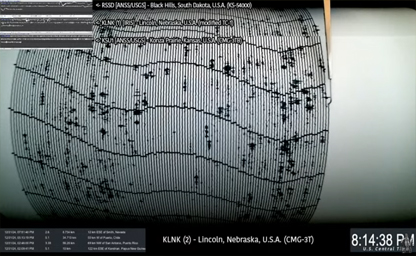
Earthquake Monitor
Real time through this live streaming of a seismic station (KLNK2)

Real time through this live streaming of a seismic station (KLNK2)
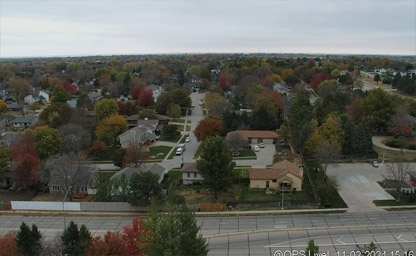
Capital and second largest city of Nebraska
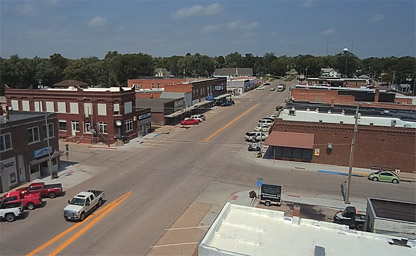
It is part of the Kearney, Nebraska Micropolitan Statistical Area
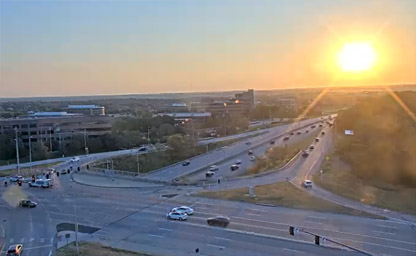
A north-south street located in the western part of the city
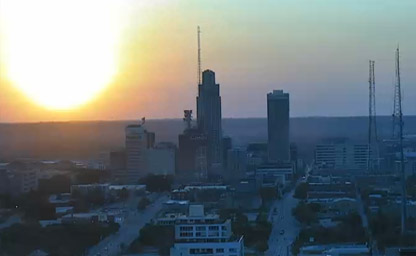
The Farnam Street is situated in Downtown Omaha
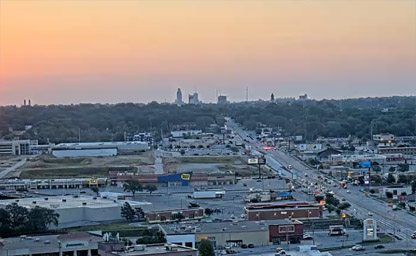
U.S. 6, which now begins at Provincetown, Massachusetts, and ends at Erie
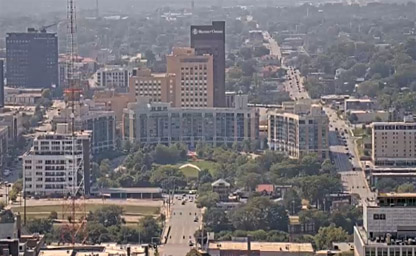
Located in the Midwestern United States on the Missouri River
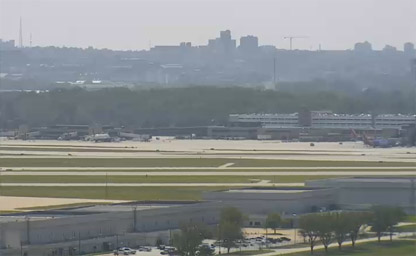
Situated three miles northeast of downtown Omaha
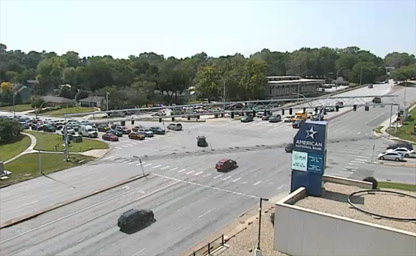
One of the main east & west streets in West Omaha
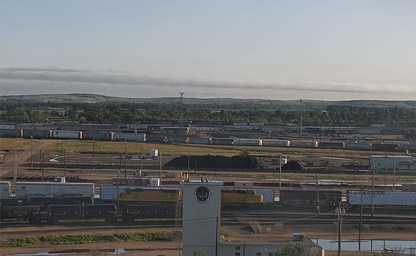
A city in and the county seat of Lincoln County
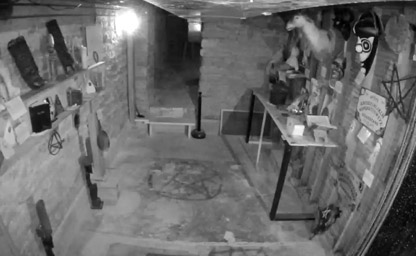
Join in as we investigate this haunted museum
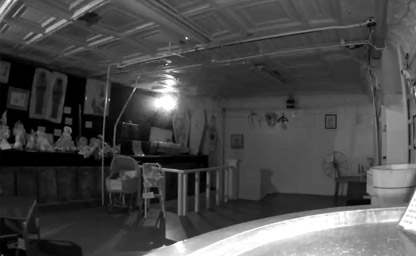
Join us on a ghost hunt at the Museum Of Shadows
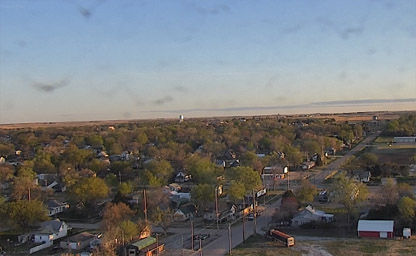
As the "Victorian Capital of Nebraska"
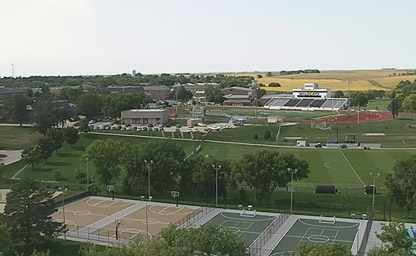
A public college in Wayne, Nebraska
IpLiveCams offer a fascinating look at the Cornhusker State, showcasing its wide-open plains, charming small towns, and vibrant cities. From the rolling fields of farmland to the bustling streets of Omaha and Lincoln, these webcams provide real-time views of Nebraska’s unique landscapes and culture.
Webcams along Nebraska’s scenic byways, such as the Sandhills and the Platte River, offer stunning views of its natural beauty. These feeds showcase vast grasslands, winding rivers, and the diverse wildlife that call the state home, including migratory birds along the Platte River during the spring and fall.
In urban areas, live cameras in cities like Omaha and Lincoln capture the pulse of Nebraska’s cultural and economic hubs. Viewers can enjoy live feeds of cityscapes, iconic landmarks like the Omaha Zoo, and cultural attractions like the Haymarket District in Lincoln.
Outdoor enthusiasts can enjoy live streams from Nebraska’s state parks, such as Niobrara State Park and Chadron State Park, where you can see lush forests, hiking trails, and beautiful lakes surrounded by the state’s natural charm.
Seasonal changes in Nebraska add to the appeal of its live cameras. The golden hues of autumn, snow-dusted fields in winter, and the blooming flowers of spring offer a variety of picturesque scenes throughout the year.
Whether you’re exploring Nebraska’s natural wonders, planning a visit, or simply connecting with the state’s rich history and vibrant cities, live feed cameras provide an immersive way to experience all that Nebraska has to offer.
The history of Nebraska is a tapestry woven with threads of Native American heritage, European exploration, westward expansion, and agricultural development. Long before settlers arrived, the region was home to indigenous tribes such as the Omaha, Ponca, Pawnee, Otoe, and Lakota Sioux. These tribes thrived on the vast plains, relying on buffalo hunting, farming, and trading to sustain their communities. Their rich cultural traditions and deep connections to the land are still honored today.
The first Europeans to explore what is now Nebraska were Spanish and French adventurers in the 16th and 17th centuries. Spanish explorers ventured northward from New Spain, while French trappers and traders navigated the Missouri River. The Louisiana Purchase of 1803 brought Nebraska under U.S. control, opening the door for American exploration. In 1804, the Lewis and Clark Expedition traversed the region, documenting its landscapes, wildlife, and indigenous cultures.
By the mid-19th century, Nebraska’s central location made it a vital part of America’s westward expansion. The Oregon, California, and Mormon Trails all passed through Nebraska, guiding thousands of settlers toward new opportunities in the West. Fort Kearny, established in 1848, served as a critical waystation for travelers, providing supplies and protection on their arduous journeys.
Nebraska’s role in westward migration was further solidified with the advent of the transcontinental railroad. The Pacific Railway Act of 1862 spurred the construction of the Union Pacific Railroad, which began in Omaha and connected with the Central Pacific Railroad in Utah. This monumental achievement not only transformed Nebraska into a transportation hub but also brought an influx of settlers, entrepreneurs, and industries to the region.
In 1867, Nebraska achieved statehood, becoming the 37th state in the Union. Its name, derived from the Otoe word "Nebrathka," means "flat water" and refers to the Platte River, a defining feature of the state. During this time, homesteaders flocked to Nebraska under the Homestead Act of 1862, claiming parcels of land and establishing farms. The fertile soil and wide-open prairies proved ideal for agriculture, leading Nebraska to become one of the nation’s leading producers of corn, wheat, and livestock.
The 20th century saw Nebraska evolve further, embracing technological advancements and cultural changes. Lincoln, the state capital, and Omaha, its largest city, emerged as economic and cultural centers. Agriculture remained the backbone of the state’s economy, but industries such as manufacturing, technology, and education also gained prominence. Institutions like the University of Nebraska became centers of innovation and research, contributing to the state’s growth and development.
Today, Nebraska is a state that balances its historical roots with modern progress. Landmarks like Chimney Rock, Scotts Bluff, and Fort Atkinson offer glimpses into its storied past, while vibrant cities and thriving rural communities showcase its enduring spirit and resilience.
Nebraska’s climate is characterized by its continental nature, with hot summers, cold winters, and a range of weather patterns that reflect the state’s position in the Great Plains. The state experiences four distinct seasons, each contributing to its diverse landscape and activities.
Summers in Nebraska are typically hot and humid, with average highs ranging from the mid-80s to low 90s Fahrenheit. The eastern part of the state tends to be more humid due to its proximity to the Missouri River, while the western regions are drier and more influenced by the arid climate of the High Plains. Thunderstorms are common in the summer months, particularly in June and July. These storms can bring heavy rain, hail, and occasional tornadoes, as Nebraska is part of "Tornado Alley."
Autumn is a time of transition, with cooler temperatures and less humidity. Average highs range from the 60s to 70s Fahrenheit, creating comfortable conditions for outdoor activities. The fall foliage, particularly along the Missouri River Valley and in state parks, offers a stunning display of red, orange, and yellow hues. Harvest season also brings an abundance of festivals, farmers’ markets, and celebrations of Nebraska’s agricultural heritage.
Winters in Nebraska can be harsh, especially in the western regions where the High Plains bring colder temperatures. Average highs range from the 30s to 40s Fahrenheit, with lows often dipping below freezing. Snowfall varies across the state, with heavier accumulations in the west. Blizzards and icy conditions can occur, making winter a challenging but picturesque season. Despite the cold, activities like ice fishing, sledding, and winter hiking attract outdoor enthusiasts.
Spring in Nebraska is marked by warming temperatures and the return of vibrant greenery. Average highs range from the 50s to 70s Fahrenheit, making it an ideal time to explore the state’s parks and trails. Spring also brings the risk of severe weather, including thunderstorms and tornadoes. However, it remains a beautiful season for birdwatching, as migratory birds flock to Nebraska’s wetlands and rivers, including the Sandhill Cranes, which gather in the Platte River Valley in one of the world’s most remarkable wildlife spectacles.
Nebraska’s geography is defined by its vast plains, rolling hills, and river valleys, spanning an area of approximately 77,348 square miles. The state is often divided into two main regions: the Dissected Till Plains in the east and the Great Plains in the west. Each region offers unique landscapes and ecological features.
The eastern portion of Nebraska is part of the Dissected Till Plains, characterized by fertile soil, gentle hills, and numerous rivers. This area is ideal for agriculture and supports the state’s corn and soybean production. The Missouri River, which forms Nebraska’s eastern border, is a significant geographical and historical feature, serving as a transportation route and habitat for diverse wildlife.
Western Nebraska transitions into the Great Plains, a region of open grasslands, sandy soils, and dramatic landforms. The Sandhills, one of the most unique features of this region, cover approximately a quarter of the state and are the largest dune formation in North America. These grass-stabilized dunes create a unique ecosystem, supporting native plants and wildlife. The Sandhills are also home to the Ogallala Aquifer, one of the largest underground water reservoirs in the world, which sustains agriculture and water needs across the region.
The Platte River, which stretches across the state from west to east, is another defining feature of Nebraska’s geography. The river has played a crucial role in the state’s history, serving as a guide for pioneers on the Oregon and Mormon Trails. Today, it provides essential water resources and supports recreational activities like fishing, kayaking, and birdwatching.
Prominent landmarks like Chimney Rock and Scotts Bluff rise from the plains, serving as iconic symbols of Nebraska’s role in westward expansion. These natural formations were vital navigation points for pioneers and are now preserved as national monuments. The Pine Ridge region in the northwest adds further diversity to the state’s geography, with its rugged cliffs, forests, and unique geological formations.
Nebraska’s cities and towns are seamlessly integrated into its landscapes. Omaha, located along the Missouri River, is a bustling urban center with a vibrant cultural scene, while Lincoln, the state capital, offers a blend of historic charm and modern amenities. Smaller communities across the state celebrate Nebraska’s agricultural heritage, offering warm hospitality and a glimpse into rural life.
For a unique Nebraska experience, plan a visit to the Sandhill Crane migration in the Platte River Valley. Every spring, hundreds of thousands of cranes stop here during their northward journey, creating one of the most breathtaking wildlife spectacles in the world. Viewing areas and guided tours provide opportunities to witness this awe-inspiring event.
An interesting fact about Nebraska is that it is the only state in the United States with a unicameral legislature, meaning it has a single legislative chamber instead of the typical two. This nonpartisan system, established in 1937, reflects Nebraska’s innovative and pragmatic approach to governance.